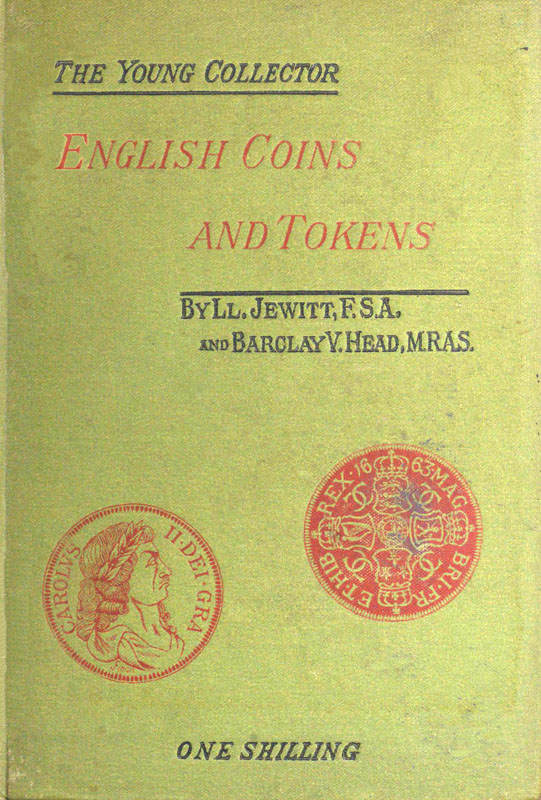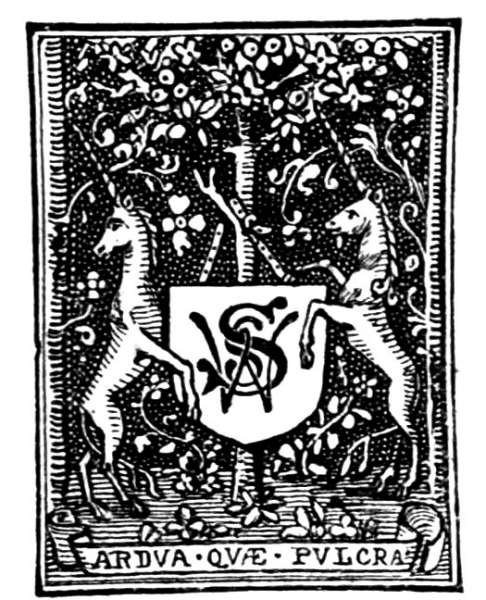
English
Coins and Tokens.
BY
LLEWELLYNN JEWITT, F.S.A.,
Author of “Half-Hours among some English Antiquities;” “GraveMounds and their Contents;” “The Ceramic Art in GreatBritain;” “Corporation Plate and Insigniaof Office;” “The Stately Homesof England,” etc., etc.
WITH
A Chapter on Greek and Roman Coins,
BY
BARCLAY V. HEAD, M.R.A.S., ETC.,
Assistant Keeper of Coins, British Museum;Corresponding Member of the Imperial German Archæological Institute.

LONDON:
SWAN SONNENSCHEIN, Le BAS & LOWREY,
PATERNOSTER SQUARE.
1886.
Table of Contents
| COINS OF THE ANCIENT BRITONS. | 3 |
| COINS OF THE ANGLO-SAXONS. | 19 |
| ENGLISH COINS. | 33 |
| TRADERS’ TOKENS. | 69 |
| GREEK AND ROMAN COINS. | 99 |
| I. GREEK COINS. | 100 |
| II. ROMAN COINS. | 121 |
| Transcriber’s notes: |
COINS OF THE ANCIENT BRITONS.

It is not possible to say, with any degree of certainty, at whatprecise period our ancient British forefathers acquired a knowledgeof the art of coining, or into what part of our islandthat art was first introduced. The probability, however, amountingalmost to a certainty, is that the use of money and, consequently,the art of making it, was introduced into Britain fromGaul; and the Kentish coast being the nearest to that country,and receiving friendly and bartering incursions from theBelgic tribes, with whom, doubtless, the natives traded, thenatural assumption is that money was known to, and its useappreciated by, the inhabitants of that county long before thoseof the inland and more northern parts of the island had anyknowledge of such a medium as a substitute for ordinary product-barter.Kent may therefore, I apprehend, be looked upon asthe district in which money made its first appearance in ourcountry; and, probably, where also it was first made by ourCeltic prog